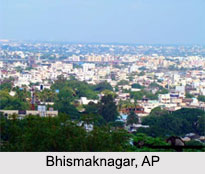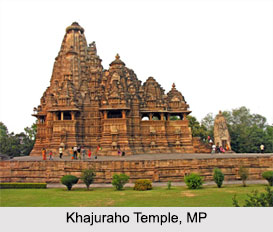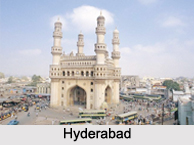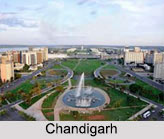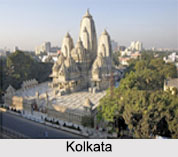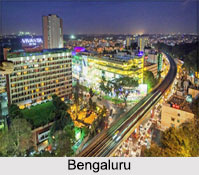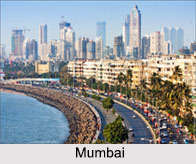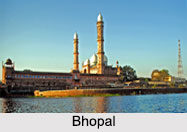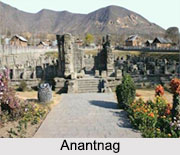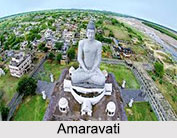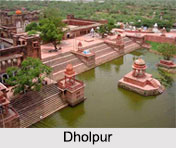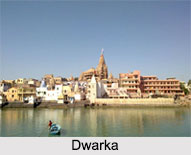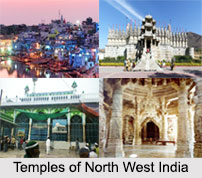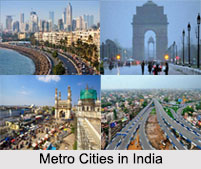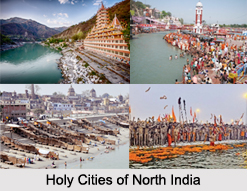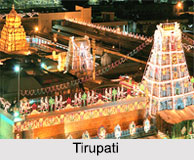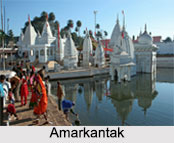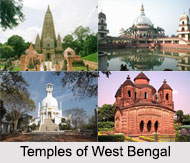Melamadai is a `panchayat town` situated on the edges of Madurai in Madurai district of the southern state of India, Tamil Nadu. This panchayat town is surrounded by Vandiyur in the northeast, Chinna Anuppanadi in the north, Madurai in the northwest and Avaniapuram in the southwest. Madurai and Tirupuvanam are located in the neighbourhood.
Demography of Melamadai
According to the 2001 India census, Melamadai had a population of 28,885 where males comprise of 51 percent of the population and females comprise of 49 percent. Melamadai has an average literacy rate of 78 percent, higher than the national average of 59.5 percent, male literacy is 82 percent and female literacy is 74 percent.
Attractions of Melamadai
The prime attractions in and around Melamadai include Thirupparankundram Temple, Agastiswarar Temple, Kutladampatti Waterfalls, Ayannar Temple, Rajaji Park, Meenakshi Sundareswarar Temple, Gandhi Museum, Thirumalai Nayak Palace, and Aappudaiyaar Kovil. The Pandi Muneeswarar Temple is renowned for Jallikattu (bull fighting) held during the Pandisamy Temple Festival. Sarpath is a local juice which is available almost all the shops in Madurai.
Visiting information of Melamadai
The closest airport to Melamadai is Madurai International Airport, 17 kilometres away. Nearest railway station is Madurai Railway Station at a distance of 5 kilometres. From Madurai Railway Station, people have to travel only by road. Taxis are available to Melamadai. There are other modes of transport such as city bus, share auto. Direct buses are available from Madurai Railway Station to Melamadai as well. It takes around 15 minutes from Madurai Railway Station by bus.
This article is a stub. You can enrich by adding more information to it. Send your Write Up to content@indianetzone.com.
